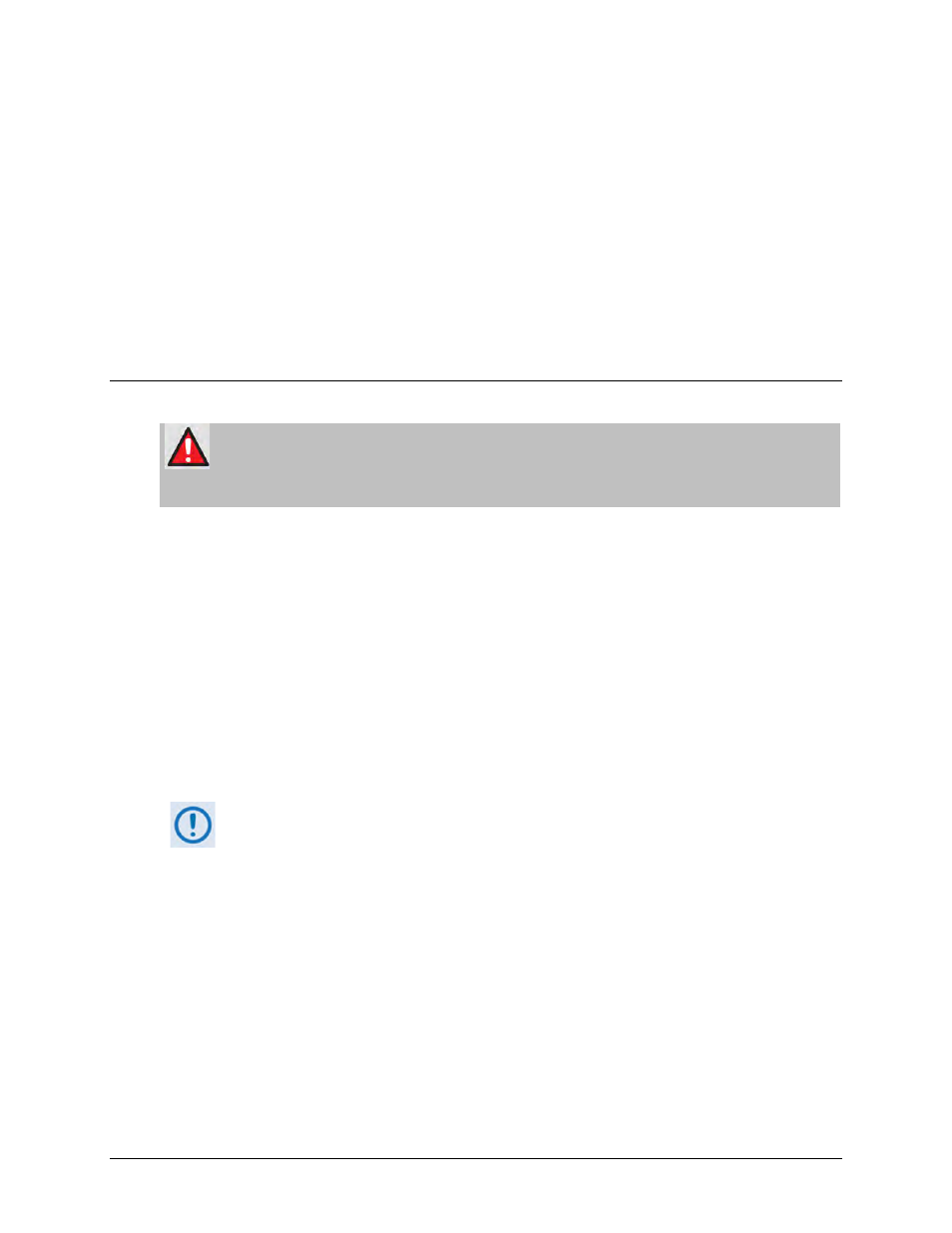Appendix c. aupc (automatic uplink power control), C.1 aupc overview – Comtech EF Data CDM-625A User Manual
Page 583

C–1
Appendix C. AUPC (AUTOMATIC
UPLINK POWER CONTROL)
C.1 AUPC Overview
WARNING! You MUST obtain permission from the Satellite Operator to use this
feature. Improper use of this feature could result in a transmitting terminal seriously
exceeding its allocated flux density on the Operator’s satellite. This could produce
interference to other carriers, and could cause transponder saturation problems.
AUPC is the acronym for Automatic Uplink Power Control. This feature permits a local modem
to adjust its own output power level in order to attempt to maintain the Eb/No at the remote
modem. To accomplish this, you must use one of the following framing types if not running in
IP-ACM Mode:
• EDMAC, EDMAC-2, or EDMAC-3
• D&I++
• ESC++
• Framed QDI
If IP-ACM mode is selected, no additional framing is required.
The remote modem constantly sends back information about the demodulator Eb/No using
reserved bytes in the overhead structure. The local modem then compares this value of Eb/No
with a pre-defined target value. If the Remote Eb/No is below the target, the local modem will
increase its output power, creating a closed-loop feedback system over the satellite link. A
particularly attractive benefit of this feature is that, whenever framed operation is selected, the
remote demodulator’s Eb/No can be viewed from the front panel display of the local modem.
Note that both EDMAC and AUPC can be used simultaneously with either framing type.
There are several important parameters associated with this mode of operation. You must
understand how the AUPC feature works, and what the implications are for setting these
parameters.